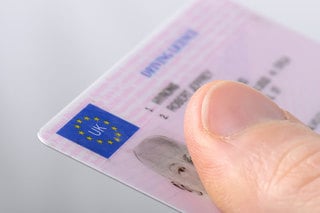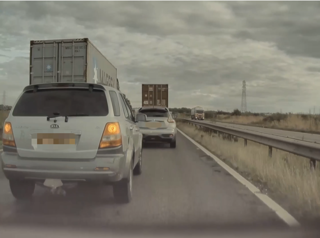Driver training and induction
As a minimum, consultant Colin Tourick suggests that driver training for temporary and foreign drivers should cover familiarity with the employer’s driver handbook and internal regulations, an understanding of what to do in the event of an accident, damaged tyre, etc., the Highway Code, the insurer’s requirements, vehicle checks and use of equipment such as lifts on commercial vehicles.
Having a tried-and-tested induction process in place for foreign and temporary drivers is as essential as for UK nationals, taking into account problems surrounding language and culture, as well as driving experience and laws. Personality profiling, including attitude, plus assessing skills, knowledge and hazard perception assessment are also key as part of best practice, IDS recommends.
“Safety, health and environmental management (SHEM) is a key element of the contract of employment for all permanent, temporary, agency, contract and sub-contract employees who are involved in driving,” says Will Murray, research director at IDS.
“All new employees should successfully complete an assessment covering an organisation’s SHEM policies and guidelines as part of their induction. They should also sign a copy of the policy, confirming their understanding and acceptance.”
Drivers should also sign a company’s safe driving pledge to ensure compliance with policies and procedure and, depending on requirements, should undergo on-road training, which can range from a half-day to a one-week course.
The IAM runs UK familiarisation courses, all taken by trainers who are Advanced Driving Instructor approved to either level five or six.
Those training drivers with a view to passing the UK driving test have specialist qualifications.
Once drivers are trained or qualified, “companies can continue doing risk assessment online or have a fleet trainer go out with them”, says Lorraine Nosworthy, account manager for IAM.
“Organisations treat foreign or temporary drivers along the same lines as any other employees.”
The IAM’s training is designed to assess and improve the driver’s knowledge of UK road and traffic systems, improve understanding of UK traffic regulations, familiarise them with driving right-hand drive vehicles, enhance recognition and perception of hazards, encourage a driving style which reduces fuel consumption and vehicle wear and tear, and highlight health and safety implications when driving on business.
“We work for a client which has a large number of foreign delegates coming into the UK,” says Nosworthy.
“Prior to the full- or half-day course, we send an e-learning module for the delegate with questions about sequences of traffic lights, roundabouts, etc. and then take people out on the driving course, covering as many types of road as possible – around town, roundabouts, road signs, country lanes and then on to motorways, depending on where they are based.”
In addition to its own models, IAM constructs courses to clients’ requirements.
AA DriveTech also trains foreign drivers. Its courses start with a one-hour on-road session to assess the driver’s competence and knowledge, which will be followed by the required training.
The options are numerous, ranging from an online programme that covers attitude, hazard perception
and junction signs and markings, for example through a half or full day on the road, to workshops, licence acquisition, road safety events and specialist training such as 4x4 driving.
Training should be tailored to a fleet’s specific requirements and where an hour’s on-road educational on eco driving can reduce company fuel bills, half-a-day can help drivers deal with the pressures and distractions entailed in work-related driving, which helps them make better – and safer – decisions.
In addition to assessing and testing drivers on the day of training to make sure all details have been understood and assimilated, regular testing and online refreshers ensure standards remain high.
Maycock says: “This is essential – if drivers come from countries without strict drink-driving laws, for example, how long will it take them to fall back into their natural ways? Then they will collect points.”
The one message that comes across clearly is that once you have dealt with the issues specific to drivers to be employed from other countries – licence checks, language barrier and cultural difference – foreign and temporary drivers should be treated the same as full-time British employees.
“Good driving in this area is no different from any other area of driving recruitment and induction,” says Murray.
“This applies in every context, from basic equipment to understanding the rules of the road. It is essential to apply the right management and leadership to make sure no one slips through the net.”


















Login to comment
Comments
No comments have been made yet.